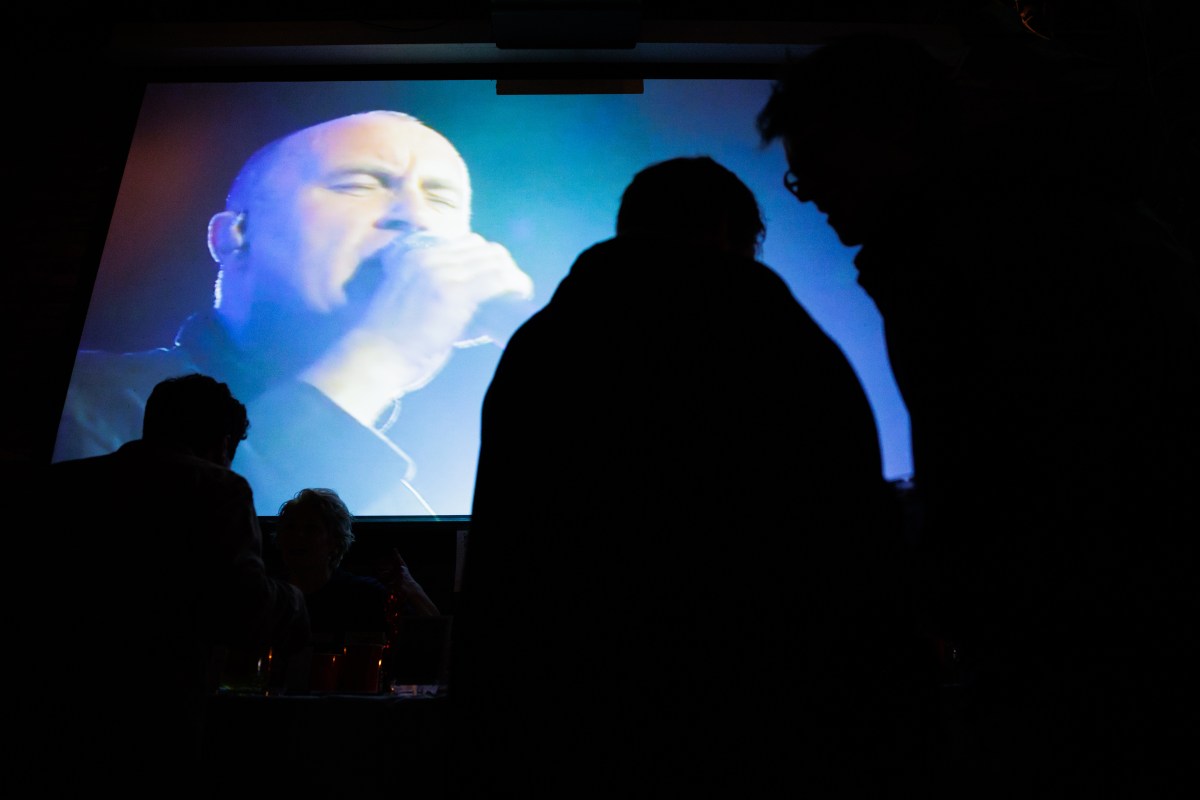
There must come at least a moment or two in every teacher’s career when the teacher is certain a student is a genius. Sometimes it’s true. Cynthia Shechter says that moment came sometime around 1972 in P.S. 101 in Bensonhurst, where she was giving kids extracurricular instruction in art.
The student was quiet and self-assured, she remembers. He often had a pencil stuck in his ear. He was new to the school and one of the few non-white students. Shechter remembers him saying in her “art squad” sessions: “I’m going to be a famous cartoonist.” Not “want” to be famous, “going” to be.
His name was Jean-Michel Basquiat.
That’s the artist and NYC icon whose graffiti-like, wildly creative work has been showcased all over, whose large, colorful, haunting painting of a skull sold in 2017 for $110.5 million. He died in 1988 of a drug overdose at age 27.
As a student all of that was ahead of him, but his pencil drawings and cartoon panels were well ahead of his peers, Shechter, 72, says.
One day, Shechter encouraged the student to try a “full” work on torso-sized, nice paper. The student agreed and produced a phantasmagorical scene: a full frenetic canvass, sky and street, white gangster-looking characters getting up to no good in front of a drug store.
Shechter was impressed and hung up the work as a display. But Basquiat at that time was sometimes troubled — he was on “foreign turf” among classmates who didn’t look like him, for one, remembers Shechter. One day, he came into the classroom and tore the large, “full” work into pieces.
Here’s where the story gets interesting. Shechter says she taped the work together and kept it, along with a few of Basquiat’s pencil drawings. Now, those pieces are scheduled to be displayed for one night only (due to security concerns) at b.j. spoke gallery in Huntington, Long Island, next month. A documentary called “A Few Things Basquiat Did in School” featuring Shechter’s reminiscences about the artist screens at the Nassau County Museum of Art on Saturday.
What the art might be worth is an open question. Shechter says she went on maternity leave shortly after meeting Basquiat and lost track of her promising pupil, totally missed his explosive art world rise. She says she recognized his name in news coverage after he died.
She said she has reached out to collectors in the years since but didn’t get a positive response — the work is certainly youthful. And she didn’t get the work “authenticated” by the official Basquiat authentication committee.
“No, I never attempted to get it authenticated since I was there when he created it. I knew it was his work,” Shechter says. “I guess I was also a bit naive about the art world and never realized that there was an authentication committee until it was too late.”
The committee was disbanded in 2012 and no longer considers applications, according to Basquiat’s estate’s website. Attempts to reach the estate about this work were not successful.
Shechter’s story is bolstered by a few elements: the fact that she taught Basquiat and kept fragments of his art is mentioned in the 1998 book “Basquiat: A Quick Killing in Art” by Phoebe Hoban. The estate website says Basquiat attended P.S. 101 and a Department of Education spokesman confirmed Shechter’s work history in the agency at that time. Maryanne Ruggiero, a 58-year-old physician now living in Bay Ridge, says she was in Shechter’s “art squad” at P.S. 101 and also remembers Basquiat.
“He was definitely different from the other boys his age,” says Ruggiero, who remembers sitting with him in the back of the room along with the glue and scissors and construction paper and paints.
Shechter wants to make it very clear that she didn’t “steal” Basquiat’s work: She says she sometimes kept works for reference material for her teaching and asked for permission, including with Basquiat.
The art was in an archival box on a shelf in her closet for years before she mentioned it to Kevin Larkin, president of the b.j. spoke gallery where she was also a member.
That was a few years ago — before the big $110.5 million sale, Shechter is quick to say. She says the larger piece is for sale and money from a sale would go to her, but she says it would be “nice if this piece ended up in a museum.”
On a recent rainy weekday at the Huntington gallery, Larkin and Shechter took down a colorful, watercolor-type painting to temporarily hang the taped-together work for view.
It’s messy and disorienting but there’s plenty to pry into when thinking about Basquiat’s maturity. That blocky signature of his name? The use of words all over the paper? Even the fact that the artist tore the page to pieces — it’s not unlike his famous cross-outs.
“It’s important to know where he came from,” says Larkin.
For Basquiat that was Brooklyn. Shechter, too, though she moved over the years, including stops in Syosset (near the gallery), and now Westchester. During that time, she carried her student’s art along with her.
“Every artist starts at some place and develops,” she said.






























